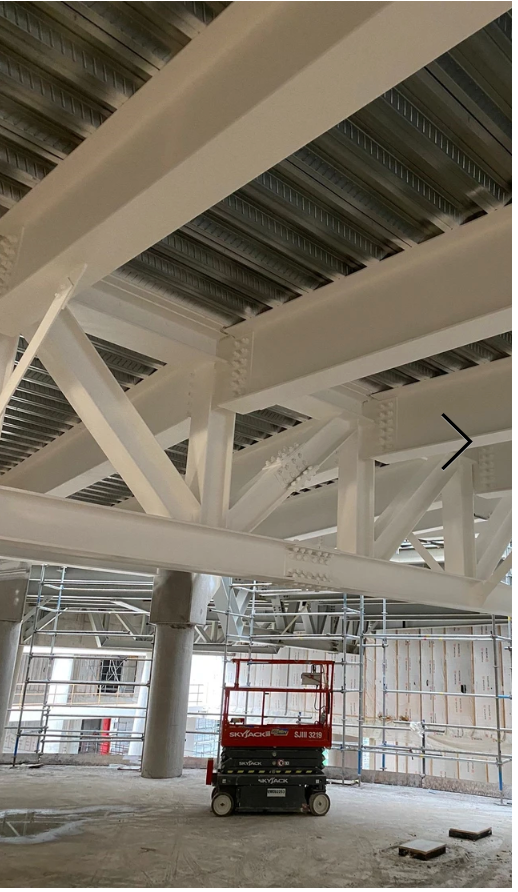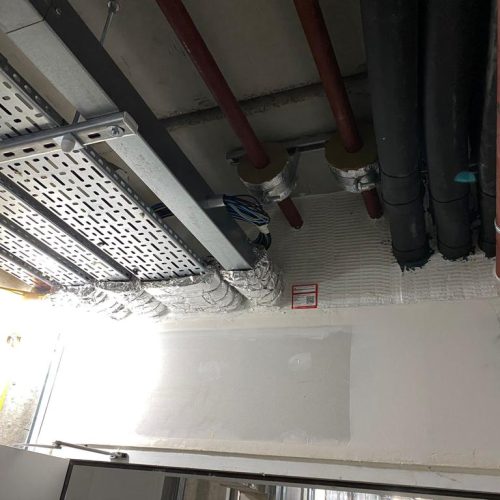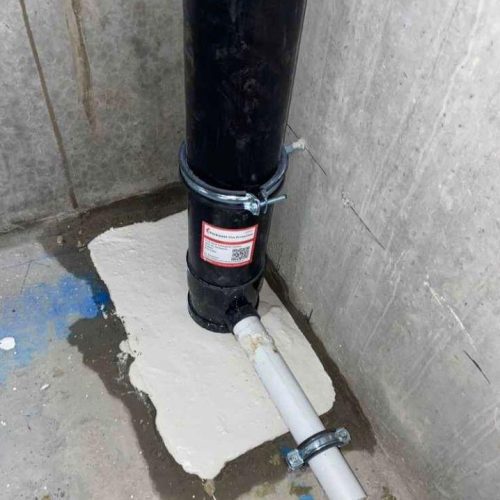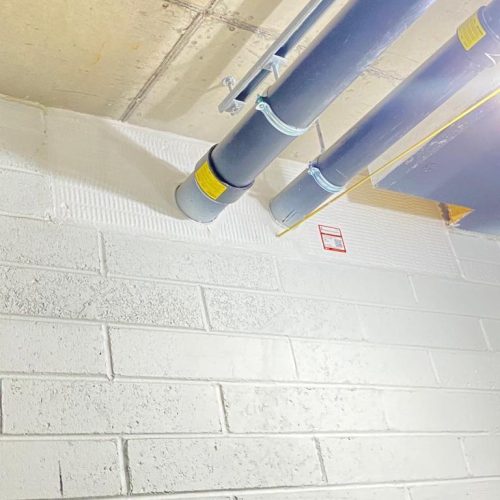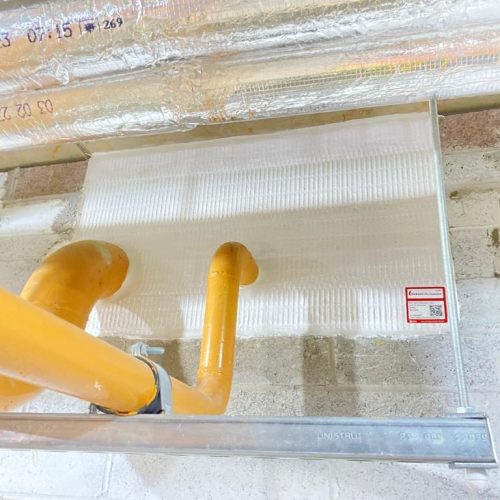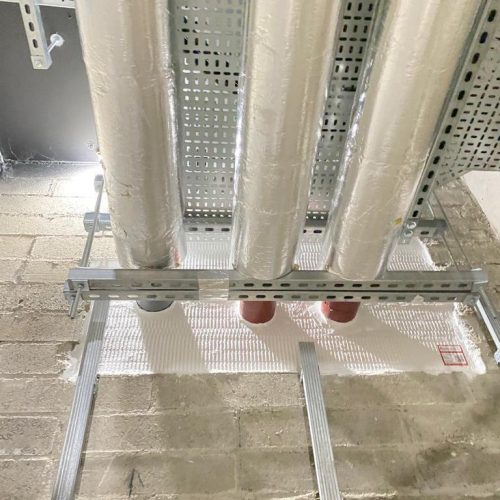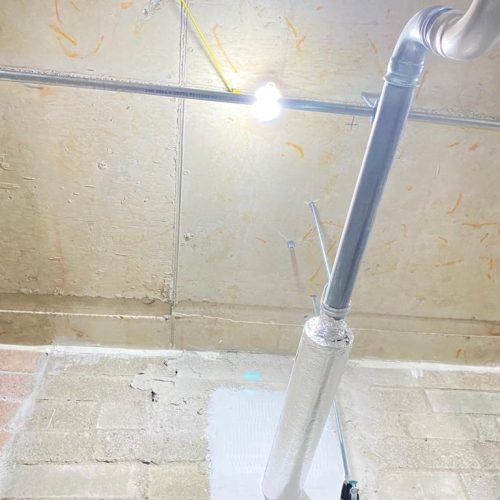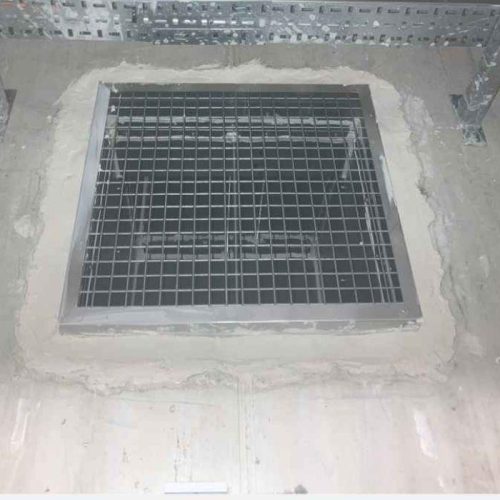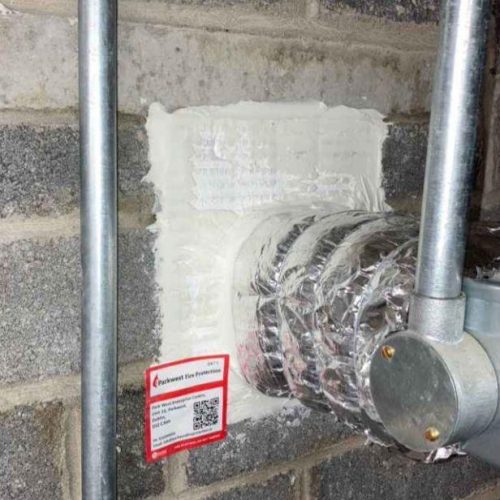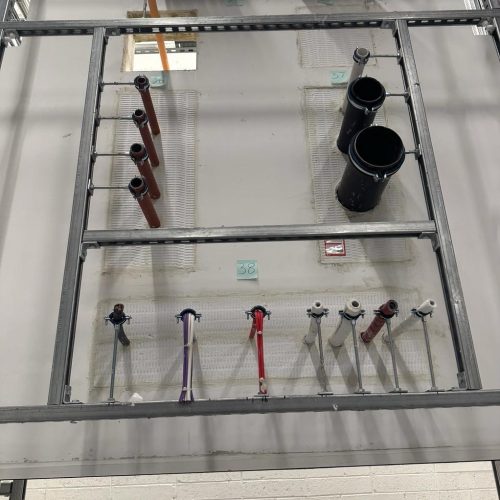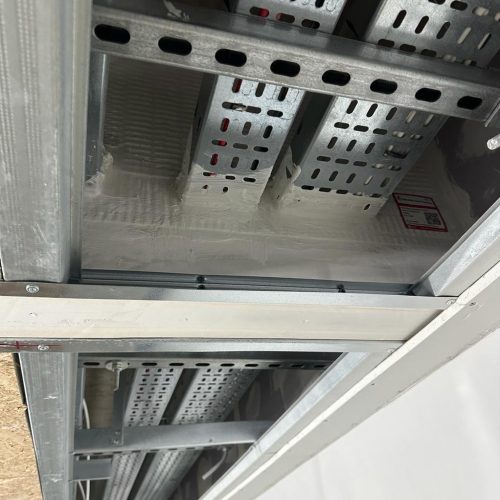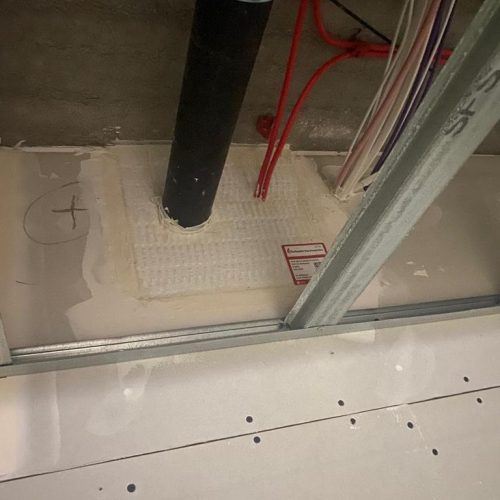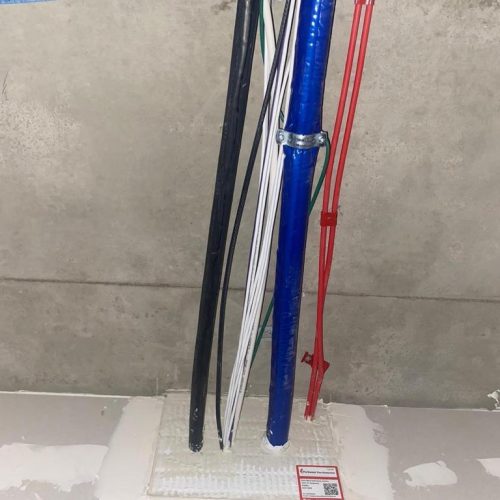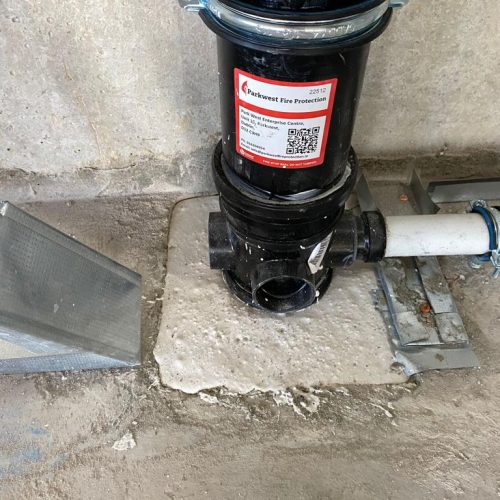Passive fire protection (PFP) is a set of measures designed to prevent or delay the spread of fire, smoke, and heat through a building or structure. PFP includes building materials and construction techniques that are used to make a building more resistant to fire and to limit the damage that a fire can cause.
Some common examples of passive fire protection measures include fire-resistant walls, floors, and ceilings; fire-rated doors and windows; firestopping and fire sealing to prevent the spread of fire and smoke through gaps and openings in walls, floors, and ceilings; and the use of fire-retardant coatings, fabrics, and materials.
Passive fire protection is important because it can help to save lives and prevent property damage in the event of a fire. By slowing down the spread of fire and smoke, PFP gives people more time to escape and allows firefighters more time to control and extinguish the fire. It is often used in conjunction with active fire protection measures, such as sprinkler systems and fire alarms, to provide a comprehensive fire safety system.
